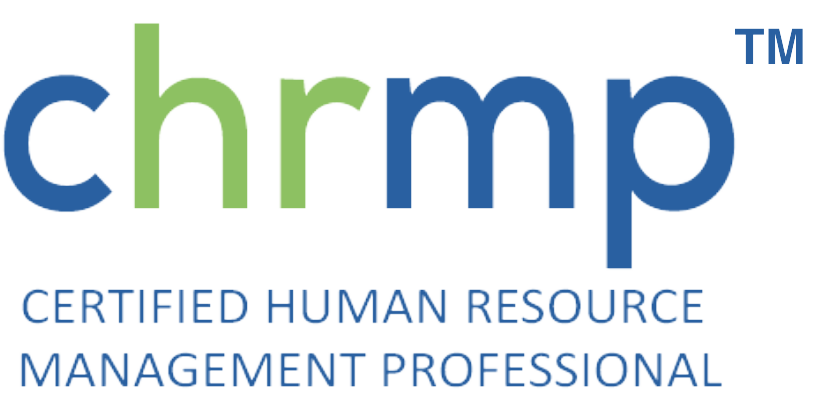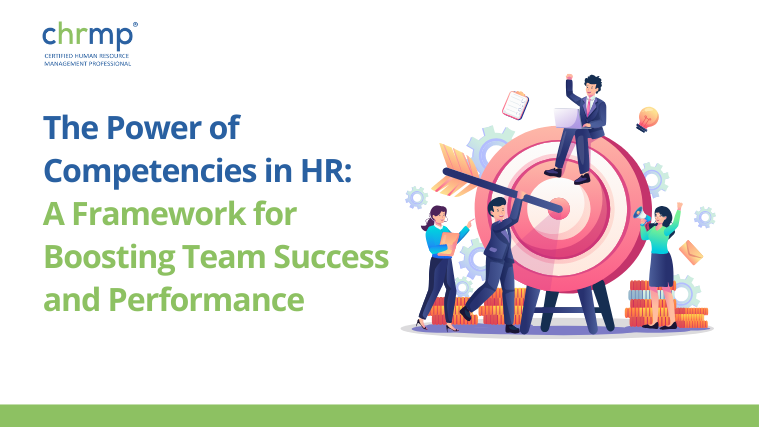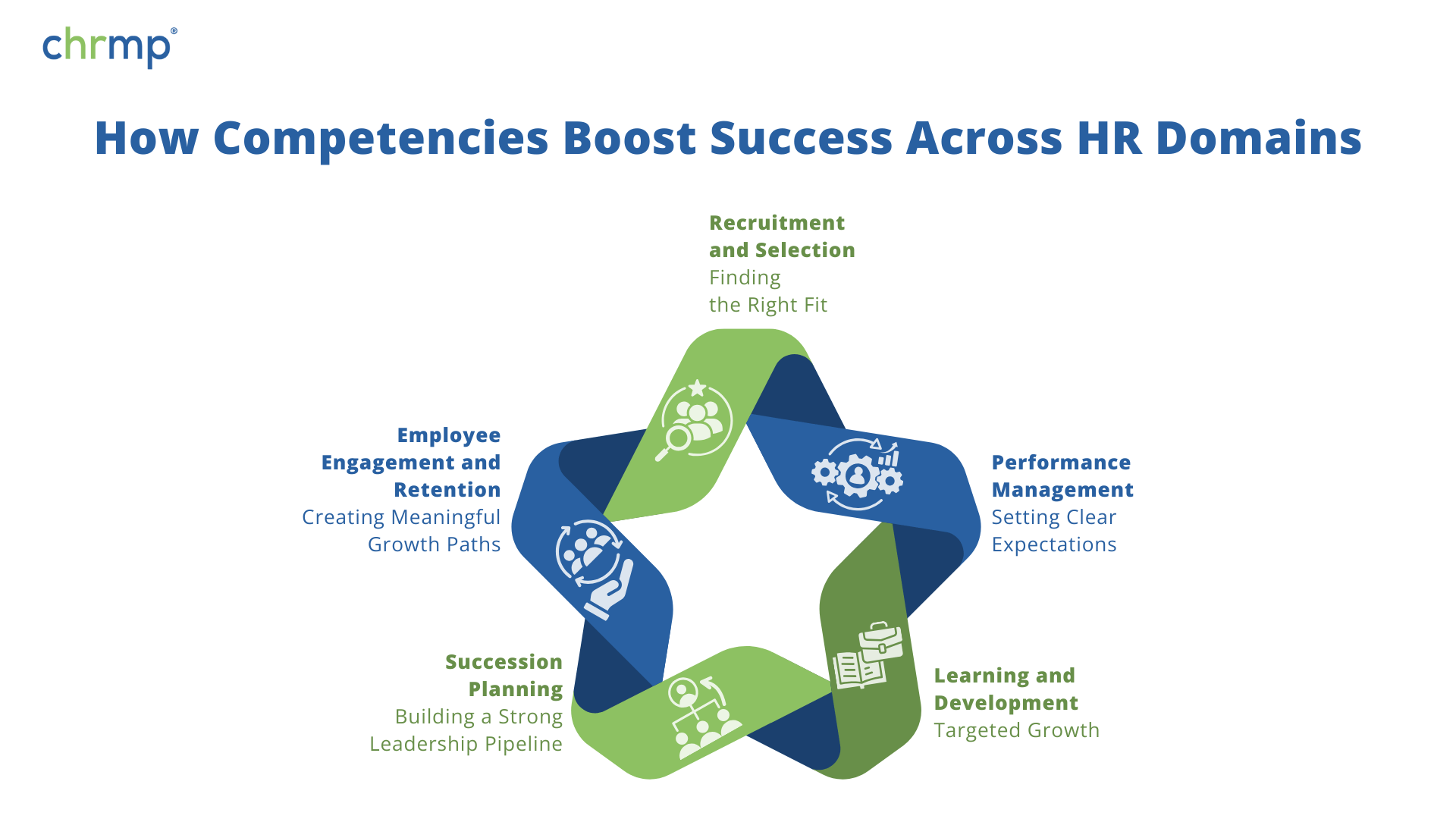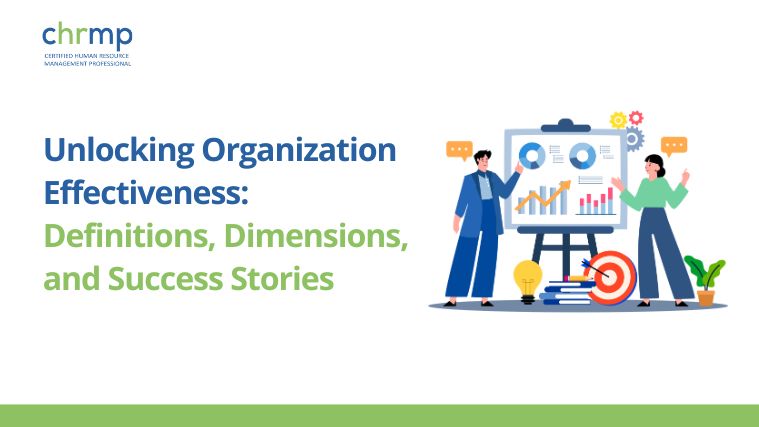Competencies are the building blocks of success in any role. In Human Resources (HR), competencies offer a structured, evidence-based approach to defining, developing, and assessing talent. Essentially, competencies are observable attributes—skills, behaviors, and knowledge—demonstrated by successful performers. When we look at top performers, we often see common behaviors and skills that distinguish them. Competency-based HRM (Human Resource Management) identifies these behaviors, using them as criteria to inform HR decisions across all levels of an organization.
By focusing on competencies, organizations can achieve the dual benefits of clear expectations and continuous growth, which ultimately improve team performance. In this blog, we’ll explore how competency-based HRM can enhance various HR domains, from hiring to employee development, and drive long-term success.
What is Competency-Based HRM?
Competency-based HRM involves using observable behaviors and skills demonstrated by high performers to inform HR practices. The competencies identified for each role serve as benchmarks for success, guiding employees on what’s expected of them and providing a clear path for growth. This approach is flexible and adaptable, accommodating shifts in organizational needs, industry trends, and evolving job roles. With a competency-based approach, organizations can establish a unified standard that fosters growth, accountability, and consistency across departments.
Why Competency-Based HRM Works
- Clear Expectations for All Roles: Competency frameworks define success in a role, helping employees at every level understand how they can contribute to the organization’s goals.
- Evidence-Based Decisions: By identifying behaviors linked to top performance, HR can make data-backed decisions about hiring, development, and promotions.
- Organizational Alignment: Competency frameworks align individual roles with the company’s overall goals, promoting a unified approach to achieving success.
How Competencies Boost Success Across HR Domains
A competency-based approach impacts nearly every HR function. Let’s look at how competencies enhance key HR domains like recruitment, performance management, learning and development, and more.
-
Recruitment and Selection: Finding the Right Fit
In recruitment, a competency-based approach provides specific, observable criteria to assess candidates. Rather than relying on intuition or vague qualifications, HR teams can measure candidates’ competencies against established benchmarks for success in the role.
Example: Imagine a customer service role where high performers consistently demonstrate empathy, active listening, and patience. By identifying these competencies, HR can design interview questions and assessments that evaluate these specific traits. For instance, asking candidates to walk through a challenging customer interaction can reveal their problem-solving and empathy levels.
How It Helps: Competency-based recruitment leads to more precise hiring decisions, ensuring that new hires align with both the role and the organization’s culture, ultimately reducing turnover.
- Performance Management: Setting Clear ExpectationsCompetencies provide measurable standards for assessing performance, which makes feedback and goal-setting more effective. By using a competency framework, HR can help managers set performance goals aligned with specific competencies, fostering accountability and growth.Example: Consider a sales manager position. Key competencies might include negotiation, strategic thinking, and resilience. By incorporating these competencies into the performance review process, managers can provide specific feedback based on observable behavior, such as how well an employee handles client negotiations or strategizes sales plans.
How It Helps: Competency-based performance management offers clear, actionable insights, helping employees understand areas of strength and opportunities for improvement. This leads to more focused development and improved team performance.
-
Learning and Development: Targeted Growth
Competencies serve as a roadmap for employee growth. By identifying competency gaps, HR can tailor learning and development (L&D) programs to address specific needs, making training efforts more relevant and impactful.
Example: For instance, if project management is identified as a key competency for mid-level managers, HR can create targeted training programs that focus on time management, resource allocation, and delegation. By aligning training with competency gaps, organizations ensure that employees build skills that directly contribute to their roles.
How It Helps: Competency-based L&D creates a structured path for employees to acquire relevant skills, driving career progression and enhancing the organization’s overall capabilities.
-
Succession Planning: Building a Strong Leadership Pipeline
A competency-based HRM approach helps HR identify and develop high-potential employees, creating a steady pipeline of future leaders. By using competencies as a criterion for succession planning, organizations ensure that future leaders are well-prepared for their roles.
Example: In preparing an HR manager for an eventual HR director role, competencies such as strategic vision, decision-making, and mentorship become essential. HR can create opportunities for this manager to develop these competencies, such as involving them in strategic meetings or giving them mentoring responsibilities.
How It Helps: Competency-based succession planning creates a strong, prepared leadership team, ensuring smooth transitions and continuous growth within the organization.
Employee Engagement and Retention: Creating Meaningful Growth Paths
When employees understand the competencies required for career progression, they feel more empowered to develop those skills. Competency-based HRM provides a clear framework for professional growth, enhancing engagement and retention by showing employees a future within the organization.
Example: An organization that values innovation may identify “creative problem-solving” as a core competency across multiple roles. By integrating this competency into job expectations and providing resources for employees to develop creative skills, the organization fosters a culture of innovation that resonates with employees.
How It Helps: Employees are more likely to stay with a company that provides them with clear, achievable development paths, leading to higher retention and a more engaged workforce.
Competency Framework in Action: An Integrated Approach
Using a competency framework for HR professionals provides a cohesive, consistent way to apply competencies across HR functions. This framework outlines the key behaviors and skills expected at each level of HR roles, from entry-level to executive, allowing for a more structured, transparent approach to managing talent.
Let’s explore how a competency framework could look in practice across HR functions:
- Recruitment: Competency-based recruitment relies on the same competency framework used in other HR functions, ensuring that new hires meet the observable standards that drive success in the organization.
- Performance Reviews: During reviews, managers assess employees against the framework’s competencies, offering clear feedback and creating specific goals tied to observable skills and behaviors.
- Training and Development: Training programs align with the competency framework, addressing any identified gaps in skills or behaviors. This alignment ensures that learning initiatives are both relevant and impactful.
- Promotion and Succession Planning: By promoting employees who demonstrate the competencies outlined in the framework, HR ensures that leaders across the organization share the qualities necessary for success.
Real-World Examples of Competency-Based HRM in Practice
Many leading organizations have successfully integrated competencies across HR functions to create high-performing teams and foster a supportive work culture.
Google: Competency-Based Performance Reviews
At Google, performance reviews incorporate core competencies such as “problem-solving,” “leadership,” and “adaptability.” Managers assess employees on how well they demonstrate these competencies in their roles, offering concrete examples and feedback. This approach helps employees understand their contributions to the team and areas where they can grow.
IBM: Succession Planning Through Competency Assessments
IBM uses a competency-based framework to identify high-potential employees for leadership roles. By assessing competencies such as “strategic thinking,” “decision-making,” and “people management,” IBM ensures that future leaders are equipped with the skills to handle complex challenges. This competency-driven approach has helped IBM maintain strong, capable leadership across the organization.
Implementing Competency-Based HRM for Long-Term Success
For HR teams considering competency-based management, here are some tips for successful implementation:
- Develop a Competency Framework: Start by identifying key competencies relevant to your organization’s goals and culture. Include a mix of technical and behavioral competencies to create a holistic framework.
- Communicate Expectations: Clearly communicate the competency framework to employees, explaining how competencies will be used in recruitment, performance management, and development.
- Provide Training: Offer training programs to help employees build the competencies they need to succeed. Focus on practical, hands-on training that aligns with real-world scenarios.
- Use Technology for Tracking: Implement a competency management system to track and monitor employee competencies, making it easier to identify skill gaps and track progress.
- Regularly Update the Framework: Competencies should evolve with changes in business goals, job roles, and industry trends. Review and update your competency framework regularly to ensure it remains relevant.
Conclusion: Driving Success Through Competency-Based HRM
Competencies are more than just a list of skills—they are the foundation of successful performance and team alignment. By using a competency-based HRM approach, organizations can set clear expectations, foster targeted growth, and improve team performance. This approach not only benefits individuals but also strengthens the organization by building a unified, capable workforce that is prepared to meet challenges and achieve goals.
Competency-based HRM is a powerful tool for achieving long-term success. By focusing on observable behaviors and providing structured growth paths, organizations create an environment where employees are engaged, empowered, and aligned with organizational objectives. As a result, competency-based HRM serves as a pathway to sustainable success and a thriving work culture.







